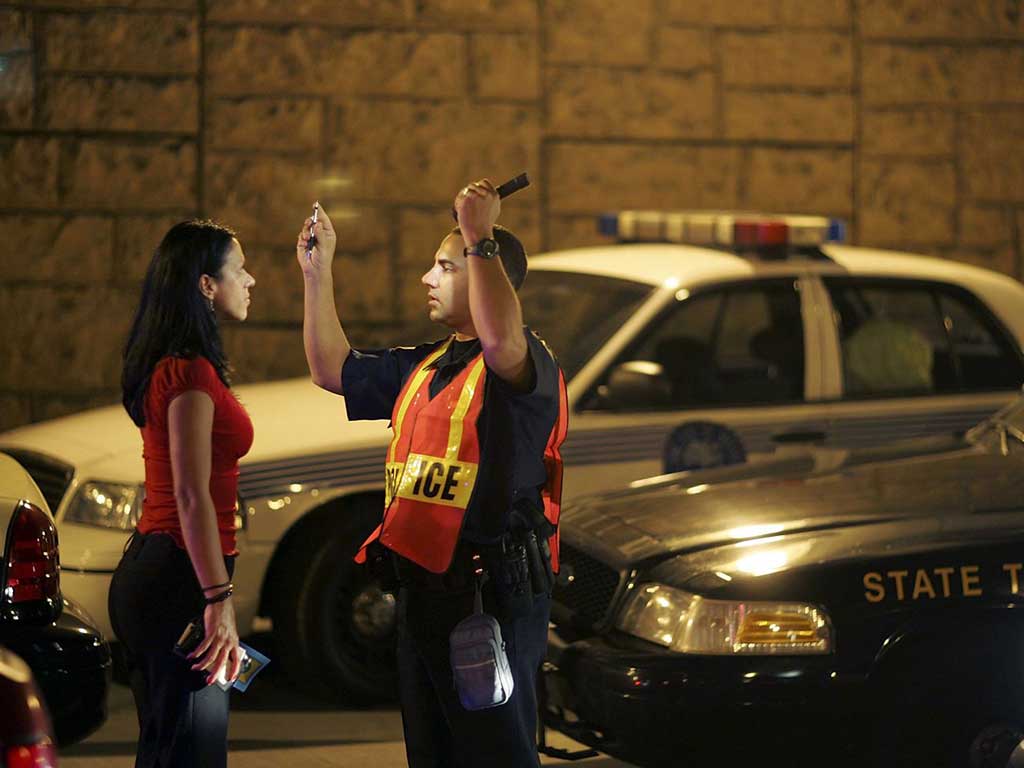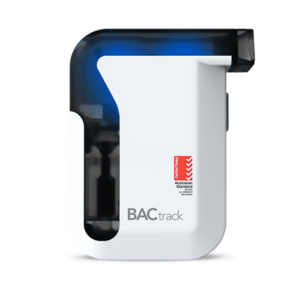Drunk Drivers: Definition, Penalties, And How To Avoid Becoming One
09 November, 2023

Drunk driving is a serious offence that can have devastating consequences. It involves operating a vehicle while under the influence of alcohol. The penalties for drunk driving can vary but commonly include fines, licence suspension, mandatory alcohol interlock devices, and even jail time. To avoid becoming one, people can designate a sober driver, utilise public transportation, or use a breathalyser. Taking proactive measures can protect individuals from the dangers posed by drunk drivers.
Alcohol-impaired driving poses a significant threat due to the increased crash risk associated with alcohol consumption. According to the National Highway Traffic Safety Administration (NHTSA), a substantial percentage of drivers involved in fatal accidents were found to have alcohol in their system. This alarming statistic highlights the potential dangers and consequences of driving under the influence. This article provides information on alcohol-impaired drivers, including how law enforcement determines them, the dangers they pose, penalties and charges, and prevention strategies.
Determining Drunk Drivers and the Dangers They Pose
Determining drunk drivers is crucial in ensuring road safety. Law enforcement officers use various methods to detect drivers who are under the influence of alcohol. One of the most common ways is a road breathalyser test, which measures the Blood Alcohol Concentration (BAC) of the driver. If the BAC level exceeds the legal limit, the driver is considered impaired.
Alcohol-impaired drivers pose significant dangers on the road. Alcohol hampers multiple cognitive functions that are essential for safe driving, which is a complex task. It affects the reaction time of an individual, making it slower and less accurate. Hence, this delay in response can lead to fatal crashes, risk of driver fatalities, and cause severe injuries to innocent individuals.
Moreover, studies have shown that inebriated drivers are likely to engage in reckless behaviour, such as speeding and running red lights. Additionally, alcohol affects perception and coordination, making it difficult for impaired drivers to navigate the road safely. Therefore, it is essential to identify and apprehend drunk motorists before they cause any harm.
Legal BAC Limits
- In Australia, the legal BAC limits for drivers vary depending on their licence type and the circumstances.
- For most drivers holding a full driver licences, including car (C class) and motorcycle (R class) licence holders, the legal BAC limit is 0.05.
- Learner drivers, provisional license holders, and drivers of heavy vehicles including buses and trucks have stricter BAC limits. For them, the legal limit is 0.00.
- Commercial drivers, such as those operating taxis and other passenger vehicles for hire, also have lower BAC limits of 0.02.
- Police have the authority to conduct random breath tests. Driving over the legal BAC limit can result in penalties.

Penalties and Charges for Drunk Drivers
Drunk drivers incur severe penalties and charges for their actions. Firstly, offenders may face significant jail time depending on the jurisdiction and the severity of the offence. This punishment serves as a deterrent and aims to protect society from individuals who put the lives of others at risk.
Secondly, many states require inebriated drivers to install ignition interlock devices in their vehicles. These devices prevent the car from starting if the blood alcohol content of the driver is above the legal limit. By requiring this device, authorities aim to stop repeat offenders and ensure public safety on the roads. Thirdly, offenders may face substantial fines as part of their punishment.
Fourthly, alcohol-impaired drivers may also have their licences suspended. This means that they are temporarily prohibited from legally operating a motor vehicle, further inconveniencing their daily lives. Furthermore, drunk driving can have long-term consequences on the car insurance rates of the person. Insurance companies view drunk driving as a high-risk behaviour, resulting in higher premiums. This increase in insurance rates aims to hold the offender accountable and cover the heightened risk they present on the roads.
Hiring a Drink Driving Lawyer
Hiring a drink driving lawyer is of utmost importance when facing charges related to driving under the influence. These legal professionals specialise in handling cases involving drunk driving incidents. Additionally, they have the expertise to navigate the complexities of the legal system.
Drink driving lawyers can investigate the circumstances of the arrest, challenge the evidence presented, and work towards reducing charges or penalties. Moreover, these lawyers can negotiate with prosecutors and represent clients in court, increasing the chances of a favourable outcome. Hence, their assistance can lead to reduced fines, minimised jail time, avoidance of license suspension, and a chance at rehabilitation programs.

Prevention Strategies to Avoid Becoming a Drunk Drivers
Preventing people from becoming a drunk drivers is possible through effective strategies. One strategy is promoting the use of public transport. By encouraging individuals to use public transportation instead of driving after consuming alcohol, the risk of alcohol-related crashes or collision risk can be significantly reduced. Public transport provides a safe and reliable alternative that helps prevent death rates associated with drunk driving.
Another preventive strategy is the use of designated drivers or passenger car drivers. This involves appointing a sober individual within a group to take responsibility for driving others home safely. These drivers eliminate the need for impaired individuals to operate a motor vehicle. Thus, this reduces the risk of collisions and motor vehicle crashes.
Additionally, personal breathalysers can be a useful tool in preventing drunk driving. These devices enable individuals to measure their blood alcohol levels before getting behind the wheel. By educating people about the effects of alcohol on their ability to drive and promoting the use of personal breathalysers, the consumption of alcohol and the associated risks can be better understood and managed.
How to Operate a Breathalyser
To operate a breathalyser, there are simple steps to follow. First, turn on the device by pressing the power button. Next, take a deep breath, making sure to fully exhale into the mouthpiece. The breathalyser will then measure the level of alcohol in the breath sample. Finally, the device will display the blood alcohol content result.
Using a breathalyser can prevent alcohol-impaired driving incidents. It can help drivers proactively assess their ability to operate a motor vehicle safely and avoid potential consequences such as drunk driving fatalities or motor vehicle injuries. Overall, people should always prioritise traffic safety and never drink and drive.
Conclusion
In conclusion, detecting and penalising drunk drivers is important for ensuring road safety. Alcohol impairs crucial cognitive functions, leading to delayed responses and reckless behaviour. Hence, this poses grave dangers to all road users. To deter such actions, stringent penalties are enforced, including jail time, fines, ignition interlock devices, and licence suspensions. These measures protect society and hold offenders accountable, promoting responsible driving behaviour and safeguarding lives on the roads.
Furthermore, the prevention of drunk driving can be achieved through effective strategies such as promoting public transport use and encourage designated drivers. By actively encouraging individuals to use these alternatives, communities can significantly reduce the risk of alcohol-related accidents. Additionally, operating a breathalyser is a straightforward process. It involves turning on the device, exhaling into the mouthpiece, and interpreting the displayed blood alcohol content. By implementing these strategies, individuals can actively contribute to safer roads.






























